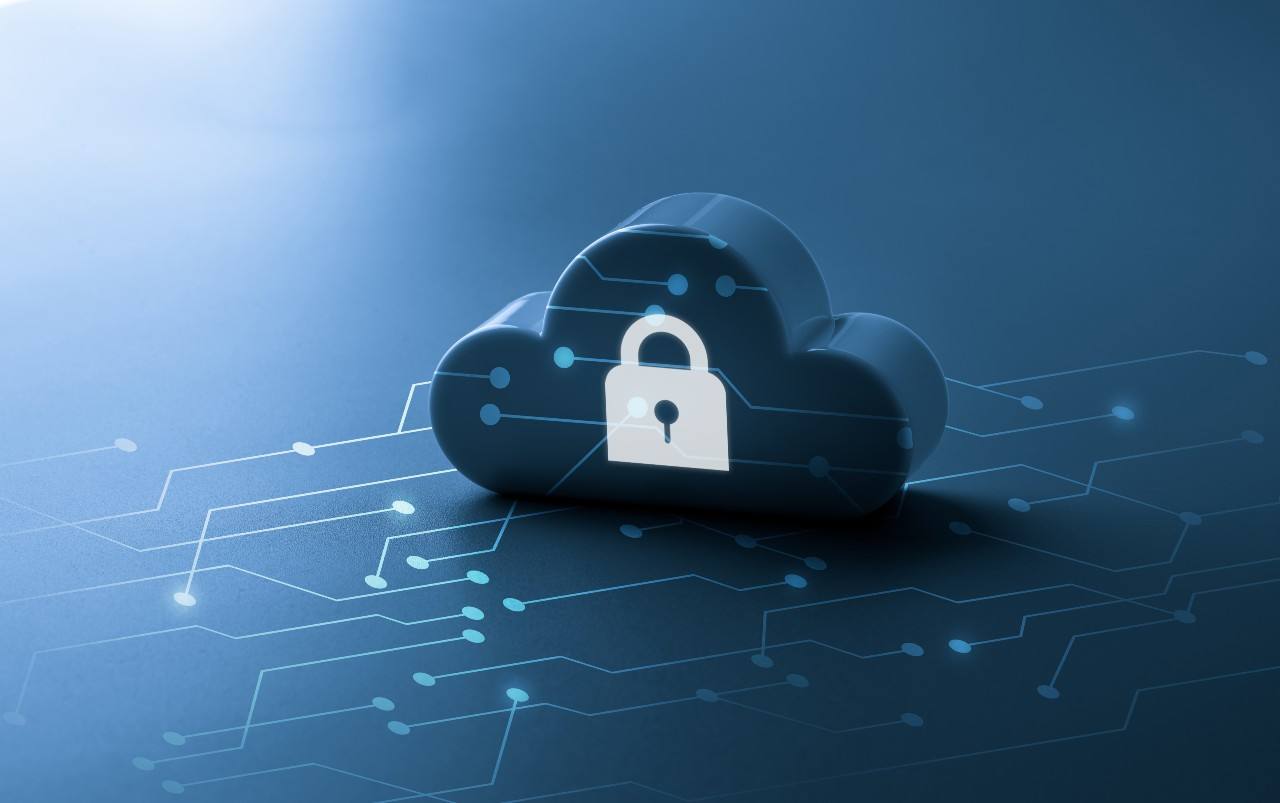
Why Cloud Security Operations Demand a New Mindset: A Guide for Executives
The shift to the cloud promises scalability, agility, and cost efficiency, driving more and more organizations to migrate their operations to the cloud. But for security teams, this transformation presents an entirely new set of challenges. The key message for executives? Moving to the cloud doesn’t reduce the need for strong internal Security Operations (SecOps); it amplifies it.
DOWNLOAD NOW: The Foundation of Cloud Security Maturity—2025 Benchmark Report
The Cloud Changes the Game for SecOps
Cloud adoption introduces both benefits and complexities. While it modernizes infrastructure and supports digital transformation goals, it also reshapes the threat landscape and operational responsibilities. Unlike traditional on-premises environments, cloud security must account for dynamic architectures, shared responsibility models, and outsourced infrastructure.
Cloud SecOps requires different tools, skills, and processes—not just a lift-and-shift of on-prem practices. Cloud security is still security, but the approach must evolve to fit a new environment.
Why Security Doesn’t Get Easier in the Cloud
Many executives assume moving to the cloud simplifies security by shifting responsibility to cloud providers. But in reality, it often increases the complexity of securing operations. Here’s why:
- The Shared Responsibility Model: Cloud providers handle the security of the cloud (physical infrastructure, service availability), while customers remain responsible for what they put in the cloud (data, applications, identities). Each cloud service model (IaaS, PaaS, SaaS) varies in terms of these boundaries.
- Broader Risk Exposure: Cloud environments involve more stakeholders—third parties, cloud service providers, and internal teams. Miscommunication or misalignment among these parties can introduce risk.
- New Threats: The cloud introduces a wider attack surface, increased likelihood of misconfigurations, architectural complexity, and fragmented visibility across hybrid environments.
READ MORE: Why Building a Cloud-Specific IR Playbook is Critical
What are the Top Cloud Threats?
Security teams moving to the cloud must adapt to a new threat environment. Some of the most pressing risks include:
- Expanded Digital Attack Surface: More systems and integrations mean more entry points for attackers, including credential-based attacks that target both internal staff and cloud administrators.
- Misconfigurations and Exposure: Flexible infrastructure comes with a higher risk of user error. Developers and integrators may inadvertently introduce security gaps.
- Architectural Complexity: Distributed cloud architectures are harder to troubleshoot and monitor than legacy systems.
- Fragmented Visibility: Cloud systems often lack a single-pane-of-glass view, making it harder to detect threats across hybrid environments.
- Weak Identity and Access Management (IAM): Improper handling of credentials, access keys, and user entitlements create opportunities for unauthorized access and data breaches.
DOWNLOAD NOW: Incident Briefing—Hacker Claims Theft of 6M Records from Oracle Cloud
How to Adapt SecOps for the Cloud
Cloud security operations require major changes in several foundational areas. Here’s how security teams need to evolve:
- Resources and Skills: Cloud security demands specialized expertise in areas such as automation, DevOps, and identity governance. Organizations must decide whether to train current staff or hire cloud-savvy talent.
- Asset Management: Traditional asset inventories aren’t sufficient. Cloud resources are dynamic, decentralized, and often co-managed with third parties.
- Patching and Vulnerability Management: SecOps must adopt cloud-native protection platforms to manage vulnerabilities across virtual machines, containers, serverless functions, and physical assets.
- IAM: Identity, credential, and key management becomes more complex, requiring new controls and monitoring systems. Cloud security management must integrate with on-premises processes.
- Security Monitoring and Incident Response: Investigations in the cloud are slower and more challenging. Gathering forensic data, analyzing logs, and correlating events across hybrid systems can delay response and remediation.
- Compliance and Governance: Manual processes don’t scale in the cloud. Organizations should adopt entitlement management and posture management tools to ensure continuous compliance.
- Vendor Management: Outsourcing to a cloud provider does not absolve accountability. Executives must be cautious about relying too heavily on third parties without proper oversight or context.
- Disaster Recovery and Data Backup: Cloud backups are easier to implement—but restoring data and testing failovers across APIs and microservices can be complex and time-consuming.
READ MORE: How to Navigate the Oracle Cloud Incident—Key Steps to Take
The Cloud Business Impact: What Executives Need to Know
The move to the cloud isn’t just an IT issue—it’s a business transformation. For the migration to succeed securely, executive sponsorship and alignment are essential. Here are key actions for leadership:
- Support Security Investment: Cloud savings in infrastructure costs don’t eliminate the need for increased investment in security tools and skills. Modern cloud platforms require modern security controls.
- Champion Developer-Security Collaboration: Empowering developers to adopt secure coding practices and embedding security into CI/CD pipelines reduces risk and improves efficiency.
- Build Trusted Partnerships: Balance external vendor relationships with internal expertise. A hybrid model provides both flexibility and contextual understanding.
- Iterate and Adjust: Business priorities shift, and so should security. Cloud security is not “set and forget”—it’s an ongoing process that must be refined continually.
DOWNLOAD NOW: The Foundation of Cloud Security Maturity—2025 Benchmark Report
The cloud delivers innovation and agility, but not without operational and security tradeoffs. To get it right, executives must recognize that moving to the cloud transforms not just where infrastructure lives, but how security is done. Aligning business and security goals early—through clear communication, strategic investment, and continuous iteration—ensures cloud adoption drives growth without increasing risk.
Take our CISO Comp and Budget Survey in less than 10 minutes and receive career defining data and other valuable insights and data sets. Security professionals can take our 2025 Cybersecurity Staff Compensation and Career Benchmark Survey in less than 5 minutes.
Although reasonable efforts will be made to ensure the completeness and accuracy of the information contained in our blog posts, no liability can be accepted by IANS or our Faculty members for the results of any actions taken by individuals or firms in connection with such information, opinions, or advice.